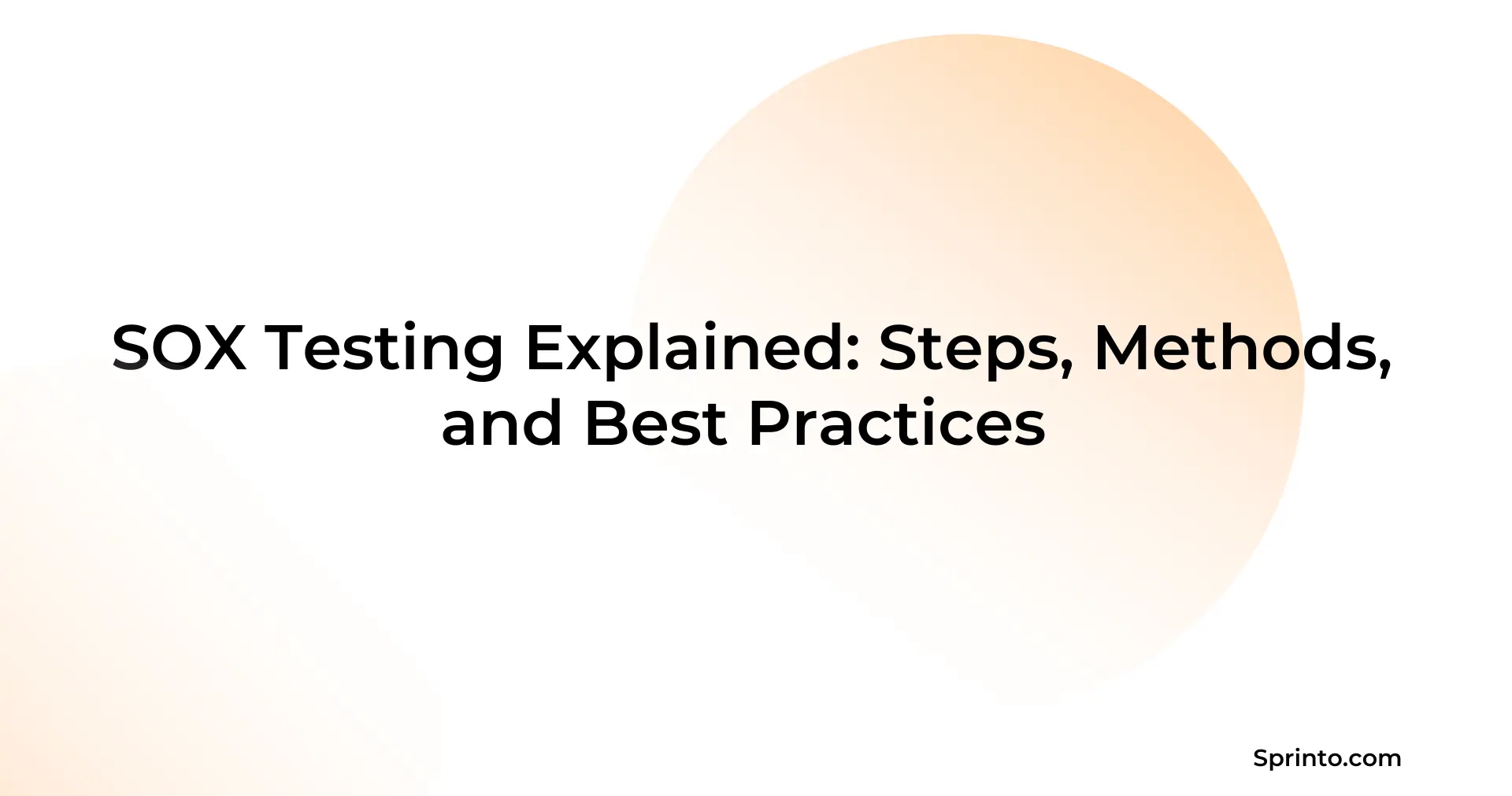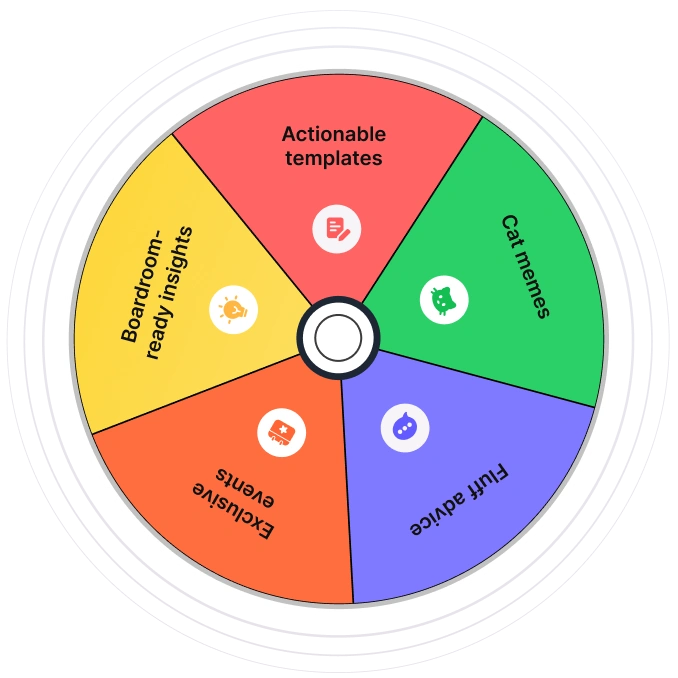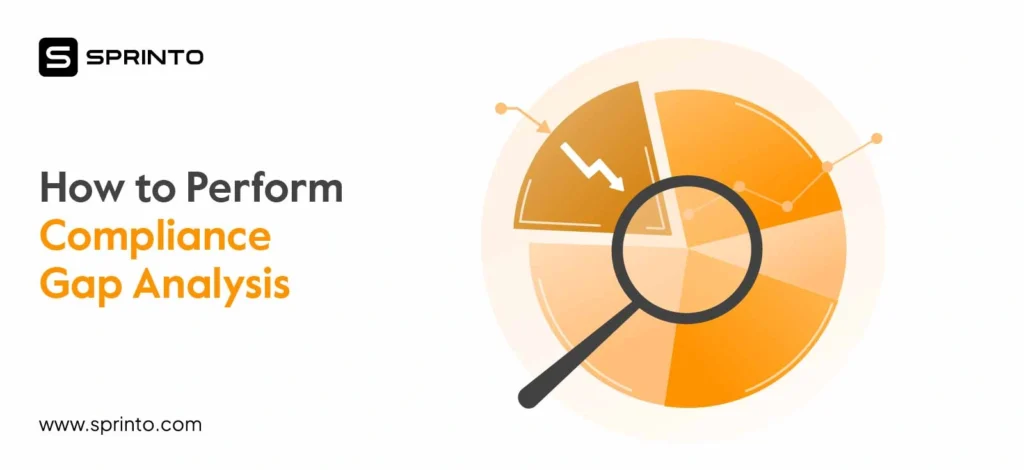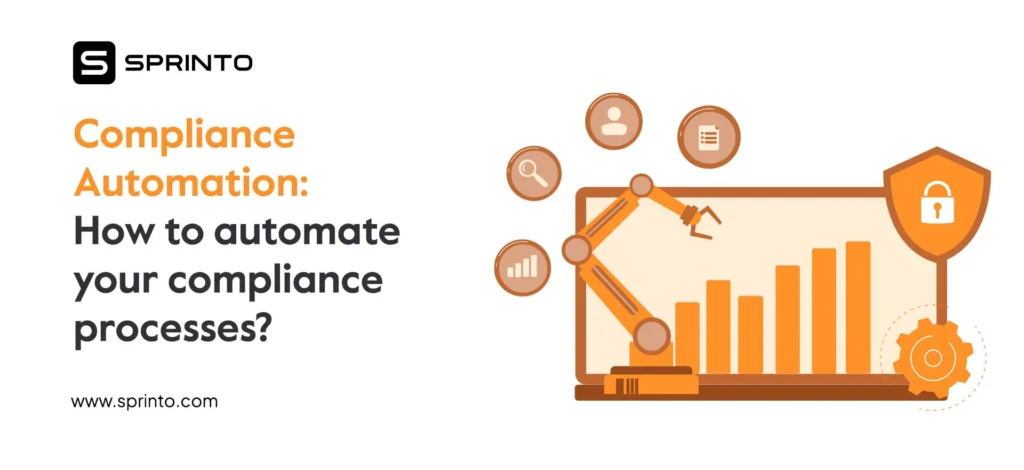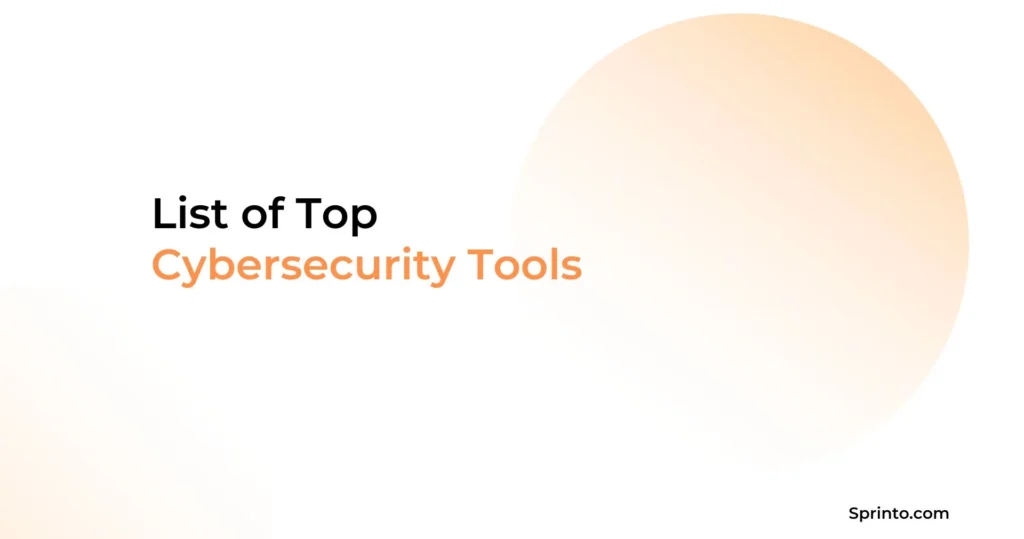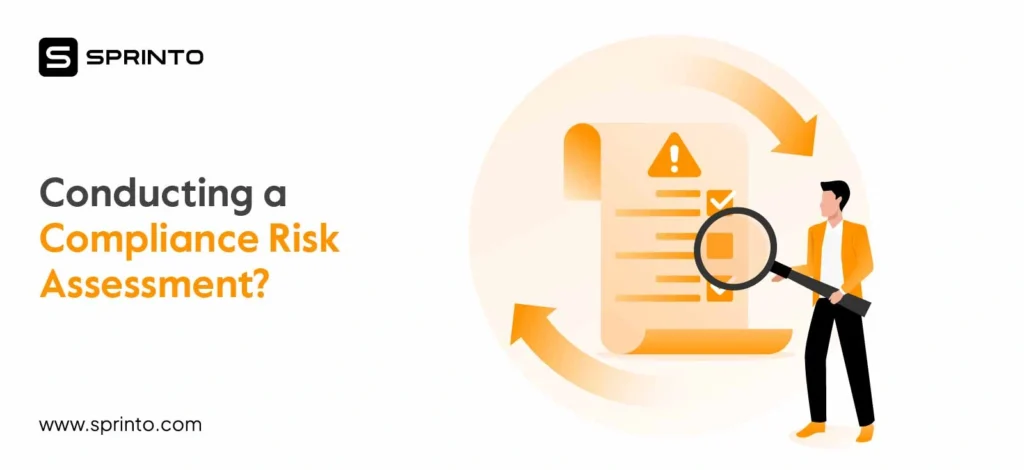For public companies, SOX compliance isn’t optional. It ensures that financial reporting is accurate, internal controls are reliable, and stakeholders, especially investors, can trust your numbers. That’s where SOX testing comes in.
But what exactly does SOX testing involve? Who needs to do it, and how is it typically carried out? In this article, we’ll walk through the essentials, from testing methodologies to best practices, to help you approach SOX testing with clarity and confidence.
| TL;DR: SOX testing ensures Sarbanes-Oxley Act compliance yearly, avoiding fines or jail time for violations. It evaluates internal controls for financial reporting to ensure accuracy and reliability. It is mandatory for public companies, subsidiaries, and foreign firms on U.S. exchanges. |
What is SOX testing?
SOX testing is a process an organization goes through to evaluate the presence and effectiveness of its Internal Control for Financial Reporting (ICFR) and check if they are working correctly to comply with SOX.
The Sarbanes-Oxley Act (SOX) of 2002 mandates that public companies and their wholly-owned subsidiaries have internal controls and test those controls to ensure that financial records are free from tampering.
Here are two important sections of the Sarbanes-Oxley Act of 2002 to give you a little context about what it covers.
- Section 302 requires CEOs and CFOs to personally take responsibility for the accuracy of quarterly and annual financial reports.
- Section 404 mandates that publicly traded companies must establish, document, test, and maintain internal controls over financial reporting. Management must annually assess control effectiveness and report results. Independent auditors must attest to management’s assessment.
Section 404 mandates that organizations must implement and test internal controls over financial reporting. Organizations engage in SOX testing to make this assertion.
During the SOX testing process, the CFO, finance executives, internal auditors, and external auditors review internal controls over financial reporting (ICFR), control activities, change management, and IT general controls.
Now, the question is: which types of organizations require SOX testing?
All the organizations that must comply with SOX engage in SOX testing.
The Sarbanes-Oxley Act applies to public companies in the U.S., those listed on stock exchanges like the NYSE or NASDAQ.
- Foreign companies that are listed on U.S. stock exchanges
- Wholly-owned subsidiaries of public companies
- Accounting firms that audit public companies
Private companies don’t need to follow SOX compliance unless they plan to go public or get acquired by a public company.
However, sometimes, private companies follow SOX compliance to meet buyer or investor requirements. It helps those companies appear more reliable.
Get compliant faster with automation
Why is SOX testing crucial in financial reporting?
SOX testing plays a crucial role in financial reporting. It verifies the establishment and effectiveness of internal controls over financial reporting to ensure that an organization’s financial reporting and statements are correct and reliable.
In fact, the SOX Act came into effect in 2002 as a reaction to a number of large corporate and accounting scandals, including WorldCom and Enron.
A SOX testing process typically includes:
- Risk assessment & materiality analysis
- Testing of SOX controls
- Fraud risk assessment
- SOX deficiency assessment
- Review of documentation
All these elements help ensure the reliability, integrity, and accuracy of financial reporting.
Also, SOX testing can help your organization spot signs of financial fraud before it grows. For example, if someone tries to steal money or lie about profits, the controls in place should raise a red flag.
Now that we understand the importance of SOX testing in financial reporting, let’s discuss the SOX testing lifecycle.
SOX Testing Lifecycle
Being SOX compliant is a year-long process. Typically, organizations go through four stages to ensure their internal controls are working as expected and are fully compliant.
Each stage builds on the last to reduce risks and prepare for external audits with confidence. Let’s explore these stages below:
1. Initial Assessment
Initial assessment involves finding financial controls, mapping processes, and assessing risks. It sets the tone for the SOX testing process.
In this step, your internal compliance team and financial executives jointly work to:
- Conduct process walkthroughs to document control workflows using flowcharts, narratives, or both
- Gather evidence to verify that control activities occurred and assess their design effectiveness
- Identify control deficiencies and create remediation plans to address gaps
An initial assessment of your risks and internal controls for financial reporting helps you design and implement appropriate remediation actions. It also enables you to adopt stronger controls to fix deficiencies.
If you thoroughly conduct the initial assessment, it can save you tons of time and resources during later stages.
2. Interim Testing
Interim testing is often conducted around mid-year. Its goal is to discover any control deficiencies so that your team can fix them before year-end.
In this stage, your internal compliance team and stakeholders validate that control deficiencies and shortcomings discovered in the initial assessment are fixed.
They also assess whether the financial controls are working correctly as they’re intended to work. Relevant actions are taken if any change is required to make those controls work efficiently.
3. Year-End Testing
As the year-end approaches, the SOX compliance team and internal auditors test the effectiveness of internal controls for financial reporting to evaluate whether they worked as intended during the initial assessment.
They also check the effectiveness of remediation efforts to fix deficiencies discovered during interim testing.
The objective of year-end testing is to assess operational efficiencies using full-year data.
Findings from year-end testing are often presented in formal audit reports. You may also have these reports reviewed by external auditors to ensure that control mechanisms are satisfactory and comply with SOX requirements.
4. Testing by Independent Auditors
In the final stage, you hand over SOX testing to third-party, independent auditors. They will assess the effectiveness of your internal controls, which you documented.
Independent auditors evaluate and verify the following aspects of internal controls:
- Security of all digital and electronic access points
- Demonstration of resilience to data breach attempts
- Maintenance and backup of all financial records
- Response to software and database changes impacting financial records
Independent auditors extensively evaluate your internal controls and check if they comply with SOX compliance standards.
If they find any issue, your SOX compliance team must fix it promptly. You must also document the controls you’ll use to fix it and your changes in the process. Auditors retest your internal controls to make sure the issue is resolved.
What are the SOX testing methodologies?
SOX testing methodologies are ways to check if internal controls meet SOX requirements. Organizations use a mix of structured approaches to test how well these controls are designed and working.
Here are the standard SOX testing methodologies they adopt to conduct testing.
1. Phased testing process
Phased testing is a commonly employed SOX testing methodology. It occurs throughout the year.
As mentioned in the earlier section, it has four stages: initial assessment, interim testing, year-end testing, and testing by independent auditors.
2. Core testing approaches
A significant part of SOX testing includes the evaluation of internal controls.
There are two ways to test the effectiveness of your controls.
- Design effectiveness testing: It tests if controls are appropriately designed to mitigate identified risks. The objective of this testing is to find and fix material misstatements so that you can ensure completeness and accuracy in financial reporting.
- Operational effectiveness testing: It evaluates whether controls operate as intended over time. The goal of operational effectiveness testing is to confirm that controls have worked efficiently and prevented misstatements.
3. Testing techniques
Compliance teams deploy various testing techniques to evaluate the effectiveness of internal controls they implement to ensure the accuracy of financial reporting.
Here are standard testing techniques:
- Inquiry: You will talk to process owners to understand control execution.
- Observation: To understand how internal controls perform in real time, you can watch them while they are active.
- Inspection: Reviewing documentation or evidence of control activities is another testing technique compliance teams implement to evaluate control effectiveness and find deficiencies.
- Re-performance: You can repeat control processes to verify outcomes. This technique helps you know where the result is consistent.
- Walkthroughs: In this technique, compliance teams trace transactions through the system to confirm control application.
Since employing multiple testing techniques helps you evaluate your controls efficiently, you should implement as many testing techniques as possible in your SOX testing.
4. Risk-based approach
As the name suggests, a risk-based approach focuses on prioritizing high-risk areas.
In this methodology, you conduct a risk assessment to identify high-risk material accounts, transactions, and key controls. Then, you allocate resources to evaluate these areas effectively.
5. Deficiency assessment and remediation
Identifying, classifying, and remediating deficiencies is a crucial testing methodology.
You document issues, assess their severity, and implement corrective actions to remediate them. To verify remediation effectiveness, you retest controls.
All the above-mentioned SOX testing methodologies help compliance teams evaluate internal controls thoroughly and ensure they align with SOX’s transparency and reliability in financial reporting.
After reviewing key SOX testing methodologies, let’s discuss the best SOX testing practices.
Best practices to conduct SOX testing in your organization
Preparing for a SOX audit is expensive and time-consuming. To help run the process smoothly, the following are some best practices for conducting SOX testing.
1. Implement a risk-based testing approach
Adopting a top-down, risk-based approach when defining the SOX testing scope is reasonable.
You should start with complete financial statements to understand the overall risks to internal controls over financial reporting. Then, you should focus on significant accounts, disclosures, and their relevant assertions.
Since not all controls are created equal, you should establish a risk-based testing plan that prioritizes areas with the highest risk of material misstatement.
Following this approach helps you allocate resources more effectively and allows you to focus on the most critical aspects of financial reporting.
2. Streamline to fewer controls
When it comes to internal controls, more is not always better. And if the number of key controls you need to test for SOX testing becomes huge, it will make your SOX testing team work harder.
So, you should streamline the internal controls you implement in your organization to comply with SOX.
Perform a fraud risk analysis and look closely at parts of financial reporting where fraud is most likely to occur. When you carry out fraud risk analysis, focus on both internal and external fraud risk factors. Then, your SOX compliance team should find key controls to mitigate those risks.
Since SOX doesn’t mandate that organizations implement specific controls, you need to identify key controls for testing based on your risk assessment. The fewer key controls, the easier to test their effectiveness.
3. Implement comprehensive testing procedures
When you are testing your internal controls over financial reporting, you should perform design and operational effectiveness testing.
Make sure you document testing procedures, results, and deviations observed. Doing so helps tweak your testing procedures to fix deficiencies in processes or controls.
4. Distribute your testing throughout the year
Interim testing helps you identify control deficiencies early so you can quickly correct them and test them before the end of the year. Consequently, it reduces pressure during year-end testing.
Therefore, you should practice testing your controls throughout the year to distribute the workload evenly.
This will give you ample time to find, fix, and retest for control deficiency. It will also ensure smoother and more efficient final testing.
5. Use Automated audit tools
Using an automated audit tool helps you conduct SOX testing efficiently and saves you time.
For example, an automated tool can let you monitor data for segregation of duties exposures, IT general control failures, and more.
Also, an automated audit tool like Sprinto can help you discover all internal control violations in one pane, irrespective of the place where the violations occur.
So, find a good automated audit tool based on your requirements to make your SOX testing efficient.
Streamline your SOX testing with Sprinto
Sprinto can transform the annual SOX testing cycle from a manual, time-consuming effort into an automated, structured, and continuous process aligned with regulatory expectations.
It allows thorough documentation of your assets, risks, and controls and can automatically map and monitor controls against SOX standards.
Its automated evidence collection can save you tons of time when conducting evidence-based testing, as it can automate up to 90% of evidence collection.
Sprinto identifies and helps remediate control deficiencies in real-time through intelligent alerts 24×7, 365 days a year. Effective internal control supports financial statement accuracy, which is the main objective of SOX.
You can book a demo to learn how Sprinto’s compliance-driven platform can help you meet SOX requirements efficiently.
Srikar Sai
As a Senior Content Marketer at Sprinto, Srikar Sai turns cybersecurity chaos into clarity. He cuts through the jargon to help people grasp why security matters and how to act on it, making the complex accessible and the overwhelming actionable. He thrives where tech meets business.
Explore more
research & insights curated to help you earn a seat at the table.



